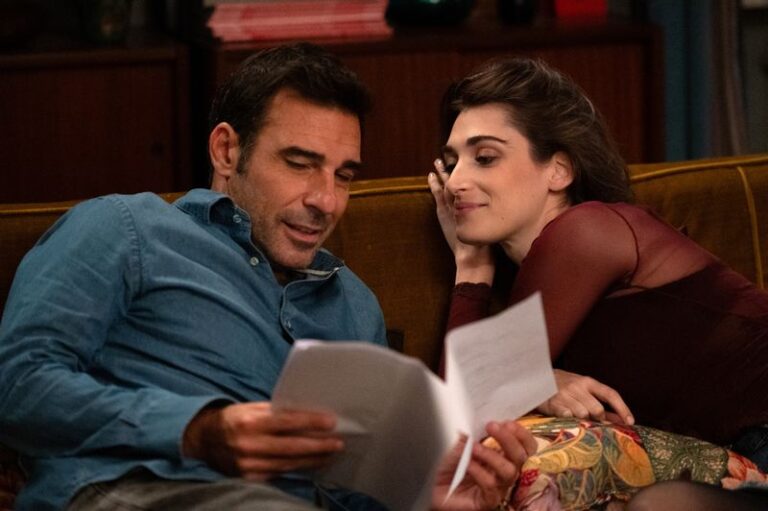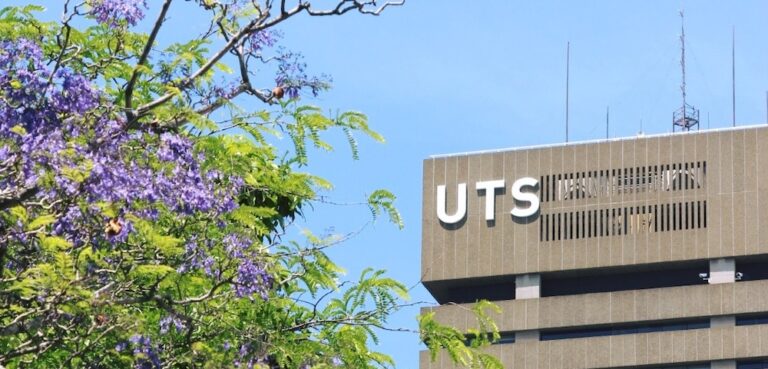
Record Number of Preventable Hospitalisations Linked to Delayed Dental Care in Australia

A new report has revealed a record number of preventable hospitalisations for dental conditions, highlighting the growing issue of delayed dental care in Australia.
There were nearly 87,400 hospitalisations for dental conditions in 2022–23 that could potentially have been prevented with earlier intervention.
Many individuals have delayed visiting the dentist until their conditions become severe enough to need hospital treatment. Experts warn that the trend not only strains the healthcare system but also puts individuals at risk of more serious health complications.
According to the latest update of the Australian Institute of Health and Welfare’s (AIHW) oral health and dental care report, around 1 in 2 (52%) of Australians aged 15 and over saw a dental professional during 2022-2023.
Additionally, children aged 5 to 9 years old had the highest rate of potentially preventable hospitalisations.
Private Health Insurance Cost
The cost of private dental care in Australia remains a significant barrier for many individuals, with high out-of-pocket expenses despite private health insurance.
In 2021–22, the median charges for various dental services highlighted the financial burden faced by patients. For a preventative service such as plaque or stain removal, the median charge was $61, with a median insurance benefit of $40, leaving a gap of $19 for the patient.
The costs were even higher for restorative procedures, with an adhesive restoration of one surface of an anterior tooth costing a median of $150, of which patients paid $74 out-of-pocket after insurance benefits.
Tooth extraction costs reached a median of $180, with patients bearing $95 of that cost. The financial strain was most evident with more complex treatments like full crowns, which had a median charge of $1,600, while the insurance benefit covered only $650, leaving individuals with a significant gap of $903.
Cost-of-living Pressures Impact Access to Dental Care
A 2021 National Dental Telephone Interview Survey conducted by the Australian Research Centre for Population Oral Health at The University of Adelaide found that financial barriers are still preventing many Australians from receiving timely dental care, with cost having a significant impact on adults’ access to dental services.
The survey revealed that around 32% of adults aged 18 and over avoided or delayed dental care due to cost concerns. This issue was more pronounced among those eligible for public dental care, with 38% avoiding or delaying treatment, compared to 30% of those not eligible for public care.
Adults who typically visited the dentist only when experiencing a dental problem were significantly more likely to avoid or delay treatment (56%) compared to those who routinely visited for a check-up (21%).
Earlier in August, data from the Australian Dental Association’s annual oral health survey of 25,000 people revealed that only 31% of Australians attend regular dental checkups. 61% delayed treatment in the past year, a 17% increase over the last 13 years. Affordability was a major concern, as 63% of respondents identified costs as the reason for their delays, reflecting a 12% increase since 2022.
Push for Government Support to Alleviate Financial Strain in Dental Care
Australian Dental Association’s (ADA) President Dr Scott Davis called for greater assistance from the government so that Australians “can get the regular dental treatment they so badly need and often can’t afford.”
Dr Davis emphasised the challenges faced by vulnerable groups, “This is particularly the case for seniors in residential aged care, and our most vulnerable populations including Aboriginal and Torres Strait Islander Australians, those on low wages and people with a disability.”
“If people saw their dentist regularly, they’d be less likely to face more complex treatment further down the track. Government-funded schemes for our most vulnerable populations would go a long way to making this a reality for millions of Aussies for whom at the moment a dental visit isn’t a financial reality,” Dr Davis said in a statement.
The 2023 Senate inquiry into access to dental services revealed that Australia operates a two-tiered oral and dental health care system. The report stated, “Around half of Australians have acceptable oral and dental health, and adequate access to services, and the other half do not.”
“What these statistics clearly demonstrate is that there isn’t enough help for these vulnerable populations which number in their millions,” said Dr Davis.
“The current system of government assistance for them is ailing – eligible people wait years on public dental waiting lists just to have their first appointment, often enduring years of pain. There are hundreds of thousands of Aussies suffering this way,” he stated.









